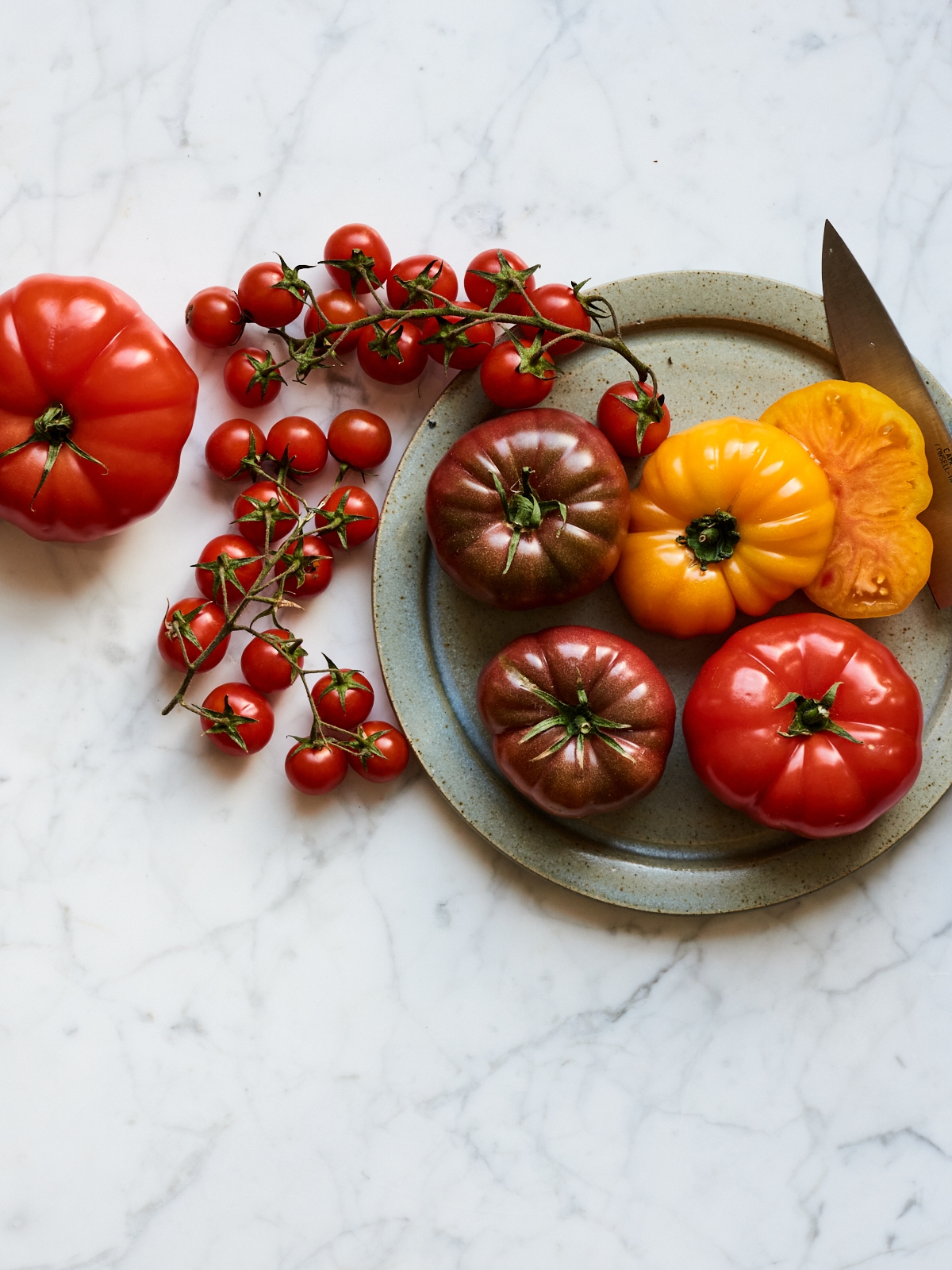22 Nov, 2023
What to eat in winter
Eating seasonally not only affects the quality of the food and their nutrient levels as well as our environmental impact but also our physiology. Here's what we suggest eating more of this winter to keep warm, satisfied, healthy and energised!
FoodWe usually function vastly differently between summer and winter. Our daily cycle of when we feel wakeful and when we feel tired is governed by two hormones - cortisol & melatonin. The production of these are in turn governed by our exposure to natural light. Naturally, this has a direct relationship with our food habits. We would usually find that we need more energy on the darker days, and therefore will resort to food that provides that extra sustenance.
On top of this, maintaining temperature levels in the body is an energetic process. Therefore, we will naturally not only want to eat warmer foods but also will likely drink more hot drinks. We need more energy from food to stoke those internal fires. What’s more, our digestion is a heat-producing reaction. In summer, our appetite usually decreases as a natural way to cool ourselves down. In winter, it will most likely be the opposite. In an attempt to warm ourselves, our digestive system might work faster, meaning that we are likely to get hungrier quicker.
Therefore, there’s a reason we should lean into craving heavier protein, more carbs and more healthy fats, as we need to produce more exothermic energy. Luckily, at this time of year, nature provides that slightly starchier and fibrous produce for us, like all the root vegetables, dark leafy greens, cabbages, sprouts, apples, pears, etc.
When we build our autumn/winter menus, we make sure to not only stick to localised produce, but craft comforting dishes that will also keep us nourished, energised and satisfied and naturally taste amazing.
How to eat this winter to make the most of big, steaming bowls of delicious, nutrient-rich foods.
- Vitamin D - Soak up all that sweet Vitamin D with more and more mushrooms. Vitamin D (usually derived from sunlight) helps improve bone health, immunity and nutrient absorption.
- More colour - The more colour on your plate, the more phytonutrients. This will help increase your diversity of plant foods to contribute to better gut health and are key mood-boosters too. Combine dark leafy greens with corn, citrus, aubergine, onions, mushrooms, red cabbage, carrots, purple sprouting broccoli and sweet potatoes, to name a few.
- Water-rich - Drink more, and focus on those water-rich vegetables for deep hydration and buoyant skin. Spinach, mushrooms, broccoli, brussel sprouts, oranges and apples are prime examples of winter water-rich nutrients.
- Omega-3s - Get sprinkling with those seeds and nuts over all your meals. For better brain health, and an improved mood. Flax, oily fish, walnuts are particularly good sources of omega-3s. A tablespoon of ground flaxseed stirred into porridge or on top of soup is a great way to incorporate this without even noticing. Or for an added flavour bomb, make a batch of these tamari seeds to top your savoury meals with.
- More herbs and spices - Chopped fresh herbs or herbal brews are a wonderful way to boost immunity, diversity and encourage cleansing and debloating post-meals. Chamomile tea or turmeric and ginger are the best anti inflammatory concoctions. Cinnamon and cloves are also super spices that taste delicious, warm you from the inside and smooth digestion.
- Polyphenol antioxidants - These hero nutrients help to protect skin, fight inflammation and increase blood flow. Pomegranate seeds are full of them and make for a lovely garnish for your breakfast.
- Beta-carotene (the orange stuff) - rich in vitamin C to encourage the production of collagen, protect the skin barrier, add moisture and plump skin cells. Carrots, sweet potatoes. Add in kale and you have a day’s worth of Vitamin A and C!
Recipes
Soups - Soups are a delicious and comforting way of ensuring you are getting enough nutrients and plant food diversity, whilst keeping warm and toasty. To make them extra satisfying, we suggest baking our super-easy sweet potato soda bread or lighter broccoli bread to dunk, or cooking a big batch of quinoa or grains to stir in throughout the week. Check out our top 3 favourite soup recipes or our fresh soup cleanse.
- Root veg and cannellini bean soup
- Roasted beetroot soup with black bean salsa
- Italian bean soup and soda bread
Broths - Another easy and delicious way to incorporate as many veggies, as well as increasing your fluids to help cleanse the systems. Broths have astounding healing properties and are a vehicle for much experimentation with flavour! Again, add in mung-bean noodles or grains for some extra sustenance.
Warm salads - Salads can still be a cosy winter staple! Our formula for a warming winter salad starts with a traybake. Muster up a variety of 3-5 vegetables with as many different colours as you can manage. Lay them on a tray and add some chickpeas or beans. Add a little oil and some seasoning and roast. Then whisk up a dressing or sauce - our favourites for winter salads are a slightly thicker cashew cream, tahini or honey-mustard. When the traybake is out the oven, get a dish and add some dark leafy greens and grains as a base. Top with the roasted veg and beans and finish with some fresh herbs, toasted nuts or seeds and your dressing.
- Aubergine, orange, pine nut & mint salad
- Brussel sprout salad
- Squash and harissa salad
- Autumn traybake
If you struggle with the time or energy to shop, prep and cook, we can do the work. Our meal plans deliver healthy, fresh and seasonal nutritionally-balanced meals, cold-pressed juices and snacks directly to your door. Find out more or take our quiz to find out which one is for you.



